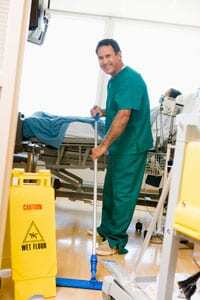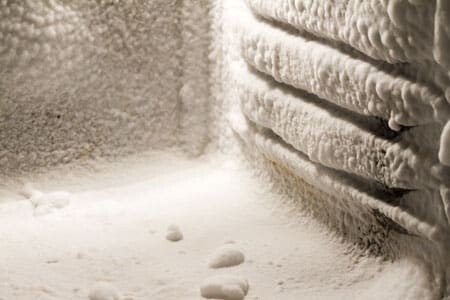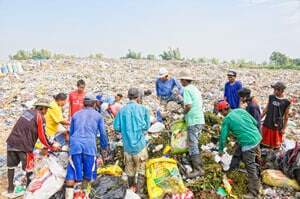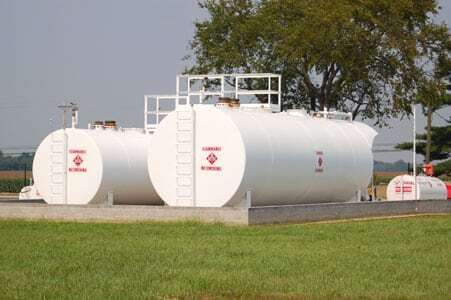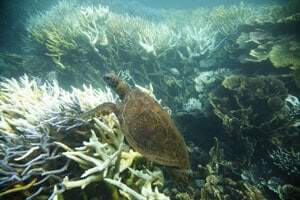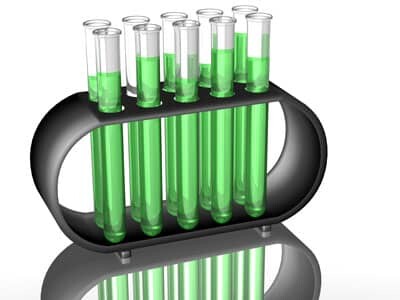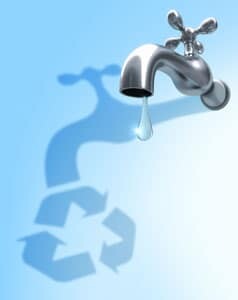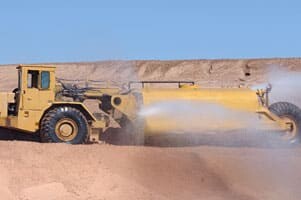 Envirosafe Solutions knows a healthy attitude to home and work practices – turning off lights and switches, reducing electricity, focusing on recyclables and even car-pooling, all contribute to effective impact in increments, on global warming and its associated problems.
Envirosafe Solutions knows a healthy attitude to home and work practices – turning off lights and switches, reducing electricity, focusing on recyclables and even car-pooling, all contribute to effective impact in increments, on global warming and its associated problems.
Over the past twenty years there has been increasing speculation over the link between climate change and increased C02 emissions in the atmosphere and global warming or “climate change.” In February 2011, just a few weeks after record torrential rainfall in Europe in the northern hemisphere and just a few weeks short of the devastating and historic Queensland floods, the ABC reported on a new study that again suggested a link between a heating earth atmosphere and increased rates of rainfall and human practices.
The study’s co-author, Dr. Francis Zwiers from Canada’s University of Victoria said it showed “that human-induced increases in greenhouse gases have contributed to the observed intensification of heavy precipitation events found over approximately two-thirds of data-covered parts of Northern Hemisphere land areas.”[1]
The Greenhouse Effect
Simply stated, the mean temperature of our earth’s surface and the world’s patterns of climate, are reliant on a finely tuned balance between the incoming short wave or solar energy and the dispersing or outgoing infrared radiation emitted from the Earth’s surface. Concentrations of greenhouse gases such as methane, C02, nitrous oxide and CFC’s lock and trap the outgoing infrared radiation and keep the planet warmer that it would otherwise be. With a rise in the concentration of greenhouse gases, comes an accompanying rise in the global temperature, which in turn leads to an amplified greenhouse effect and more tumultuous weather patterns. [2]
Dr Roger Stone from the University of QLD described the study as “robust,” and said that CSIRO studies focusing on South Eastern Queensland also indicated a link between increased rainfall or “deep convection” and climate change.[3] The events in Toowoomba, Grantham and Brisbane in recent months in Australia certainly indicated a pronounced rainfall pattern of unusual intensity that resulted in devastation to property, land and considerable loss of life.
Climate Change and global warming are high on the environmental discussion agenda at present. Envirosafe Solutions encourages sound and safe environmental practices at work and at home in an effort to reduce our human impact on the delicate climatic balances of the world.
Telephone Envirosafe Solutions on 1300 88 90 70
1. Francis W. Zwiers Gabriele C. Hegerl Xuebin Zhang, Seung-Ki Min. Human Contribution to More Intense Precipitation Extremes. Nature Magazine 470. 378-381. (17 February 2011.)
[2] Vellinga, P., Van Verseveld, W.J., Climate Change and Extreme Weather Events. Pp. 6-10. Institute of Environmental Studies, University of Amsterdam, 2000.
[3] http://www.abc.net.au/news/stories/2011/02/17/3141472.htm








